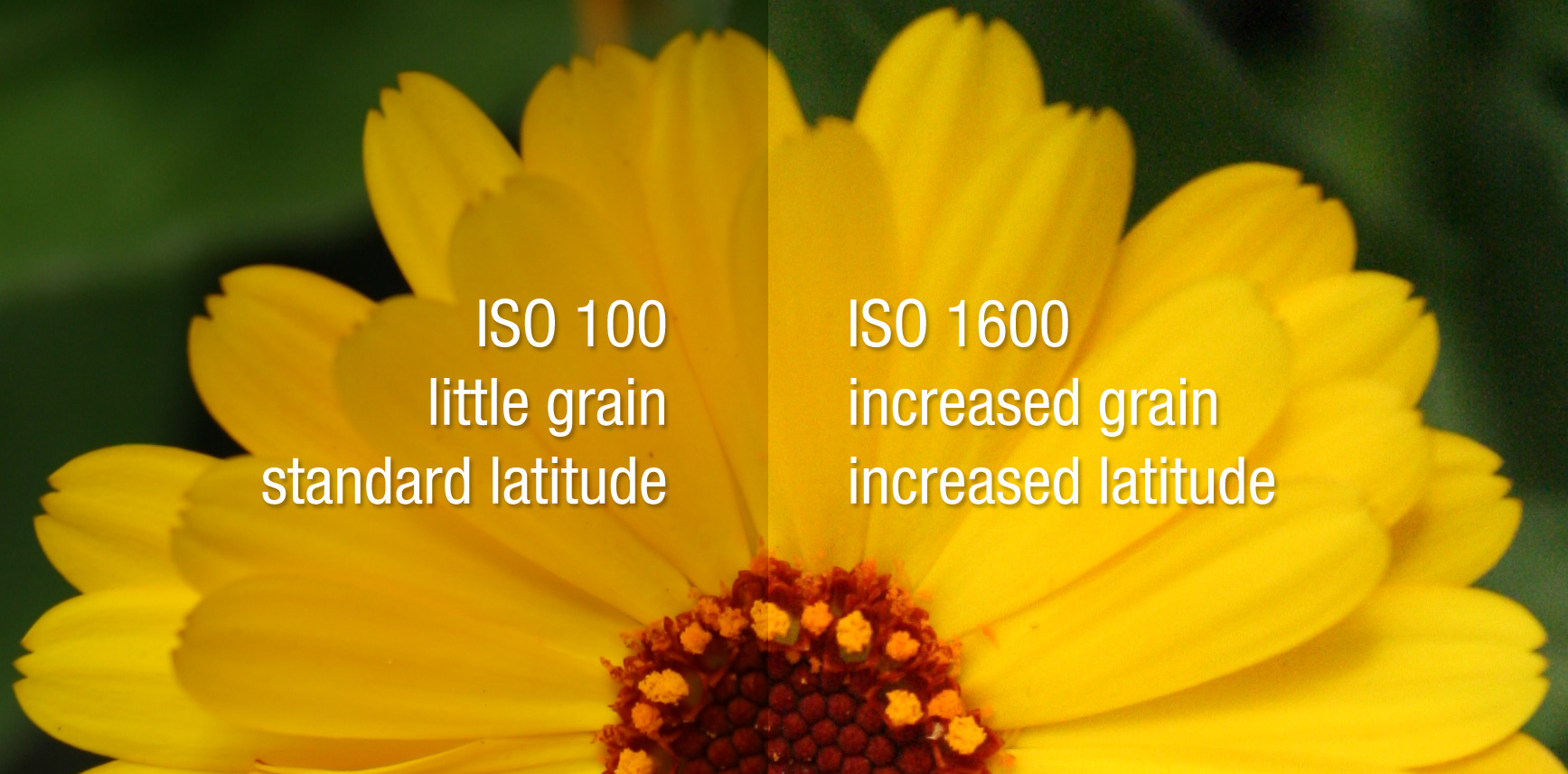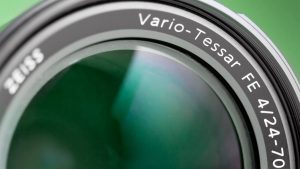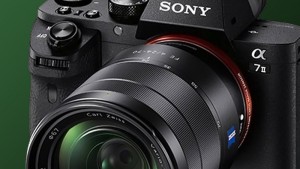This is part three in our “Exposure for Video” series
When shooting video, the third piece of the exposure puzzle is ISO, also called sensitivity, ASA, or gain. All the other ways to adjust exposure are physical changes, they change the number of photons involved in your exposure. In a DSLR or video camera, the ISO adjustment is electronic. Adjusting your ISO will change the quality of your image in a few critical ways.
Much like shutter speed, doubling or halving your ISO is a one-stop change in your exposure. So going from ISO 50 to ISO 100 is one stop brighter, and going from ISO 400 to ISO 100 is two stops darker.
Digital cameras use one or more CMOS or CCD sensors to collect light. Each one is made up of thousands of tiny light-sensitive cells in an array, working together to make the image. These cells are called pixels. They convert the photons of light into electrons, much like a teeny-tiny solar cell.
When recording a video, each of these cells “dumps” its collection of electrons to the computer once each frame. When you’re in a dark situation, there are only a few electrons to dump, and the margin of error goes up. These inaccuracies show up as noise, and (since we perceive light logarithmically – we’ll save this for another blog post) they are most visible in the darker portions of our image. Noise can be distracting and make an image look cheap, especially in moving pictures. Most of the time, we want the least amount of noise possible.
The more gain you use (the higher your ISO), the more noise you will introduce into your image. Using less gain will reduce noise. Noise is blocky and unnatural-looking, and most noticeable in the dark areas. Compare the green areas of the photo below to see varying levels of noise in the 100 and 1600 ISO exposures.

The amount of gain you use will also affect the latitude of the exposure. Latitude is the camera’s ability to record detail in the extreme highlights and shadows of an image. Most digital cameras will gain a half a stop or more of latitude as you increase your ISO. If you reduce your ISO, you’ll reduce your latitude and the image will appear more contrasty. Most of the time, we want to maximize our latitude, since we can always increase contrast in post, but we can’t reduce it. Look at the details in the center of the flower in the image above. You can see the texture in darker areas much more clearly in the 1600 ISO exposure.
So, we want the lowest ISO possible to reduce noise and the highest ISO possible to increase latitude? Not exactly. For digital cameras, the manufacturer determines a particular ISO that gives superior noise performance and acceptable latitude performance. This is called the native ISO, and is dependent on a lot of factors, including pixel size, heat handling, in-camera processing, and aesthetic preferences. Most DSLRs are rated around 100 or 160 native ISO. Other cameras vary, but nearly every camera available in 2014 has a native ISO between 100 and 800.
Most photographers and cinematographers find a few settings on a camera that they like, and stick with them when they are in certain situations. On a camera like the Canon 5D mark III, I usually find myself somewhere between ISO 160 and 640, depending on circumstances. I suggest experimenting and finding what looks you like with your camera. Eventually, you’ll learn what to expect as you adjust your ISO and the rest of your exposure settings.
Posted by Jon Kline



